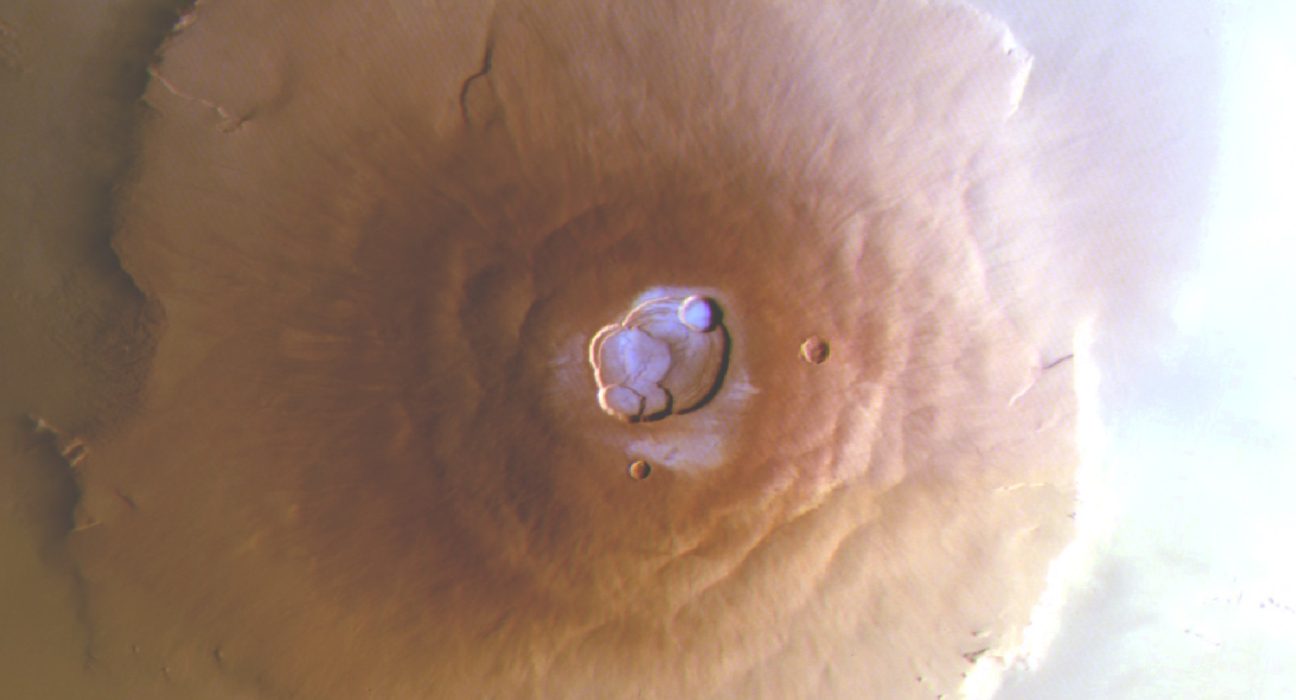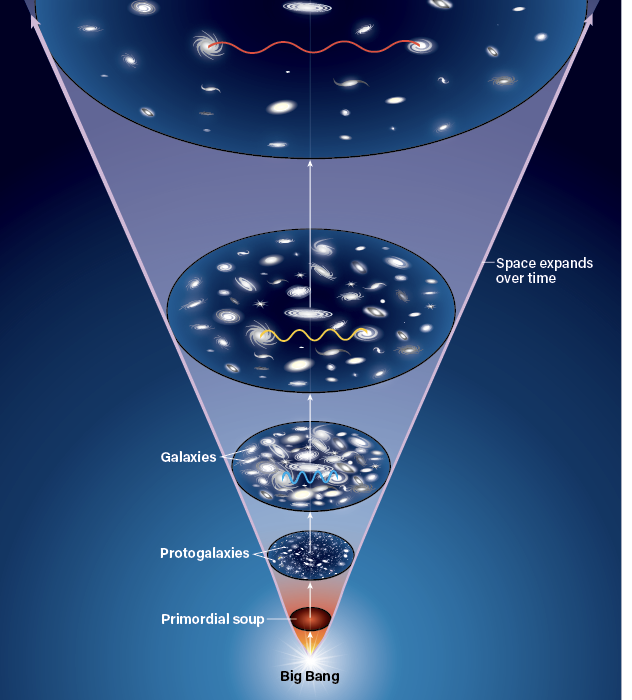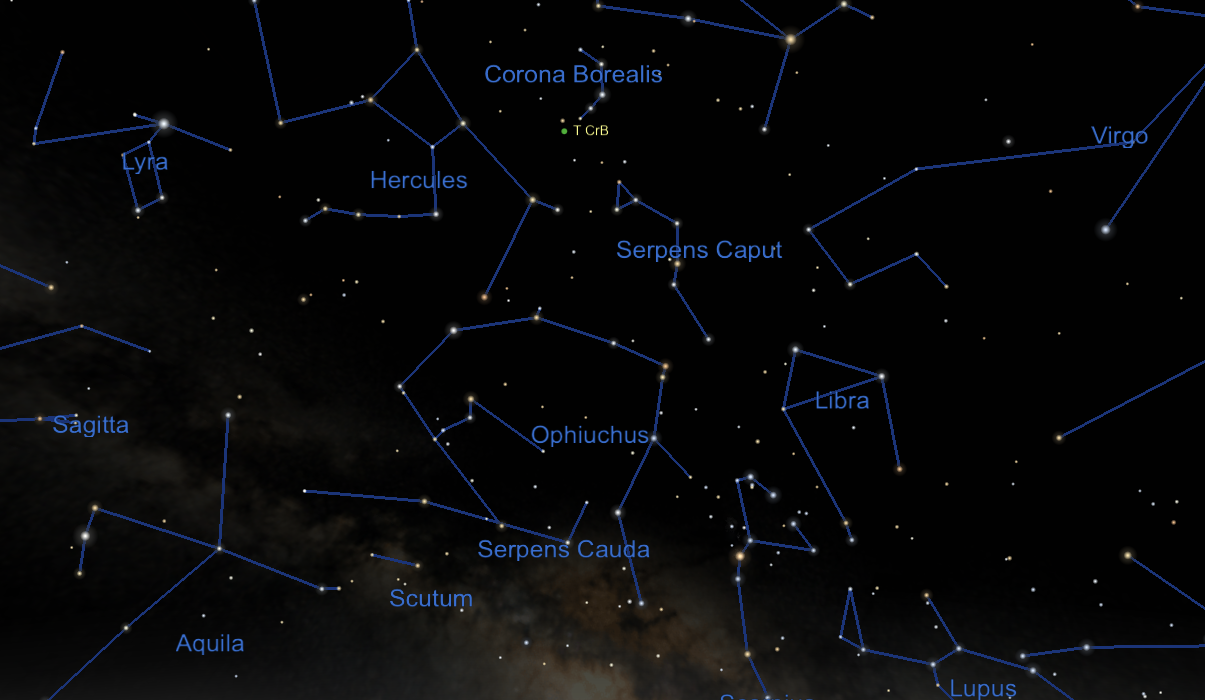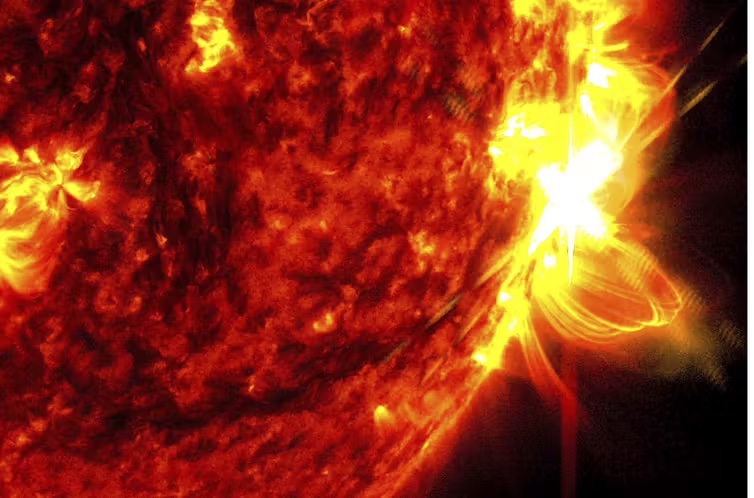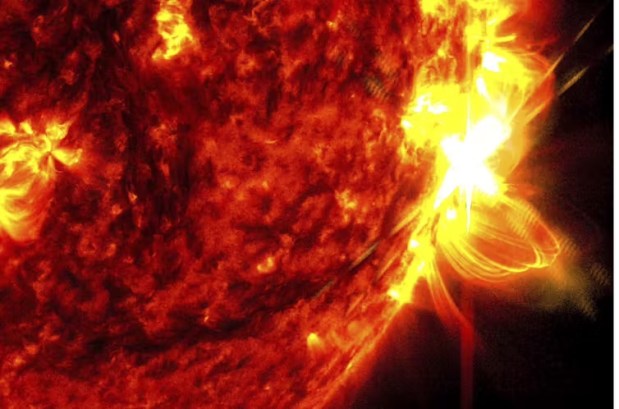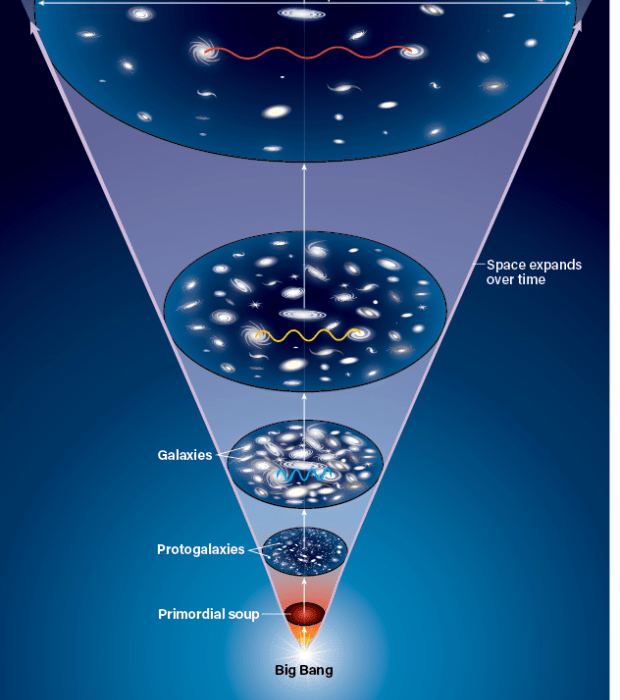Ladakh Dunes | Astronomy Magazine
Ladakh Dunes | Astronomy Magazine FAKE product dunes-of-ladakh https://www.astronomy.com/imagen-del-día/photo/dunes-of-ladakh/ Ladakh Dunes | Astronomy Magazine Anushtup Roychoudhury, from Kolkata, India Cygnus and the central region of the Milky Way grace the skies above the white sand dunes of Ladahk, India's first dark sky reserve. This mosaic consists of 7 vertical panels of five subframes of 15









